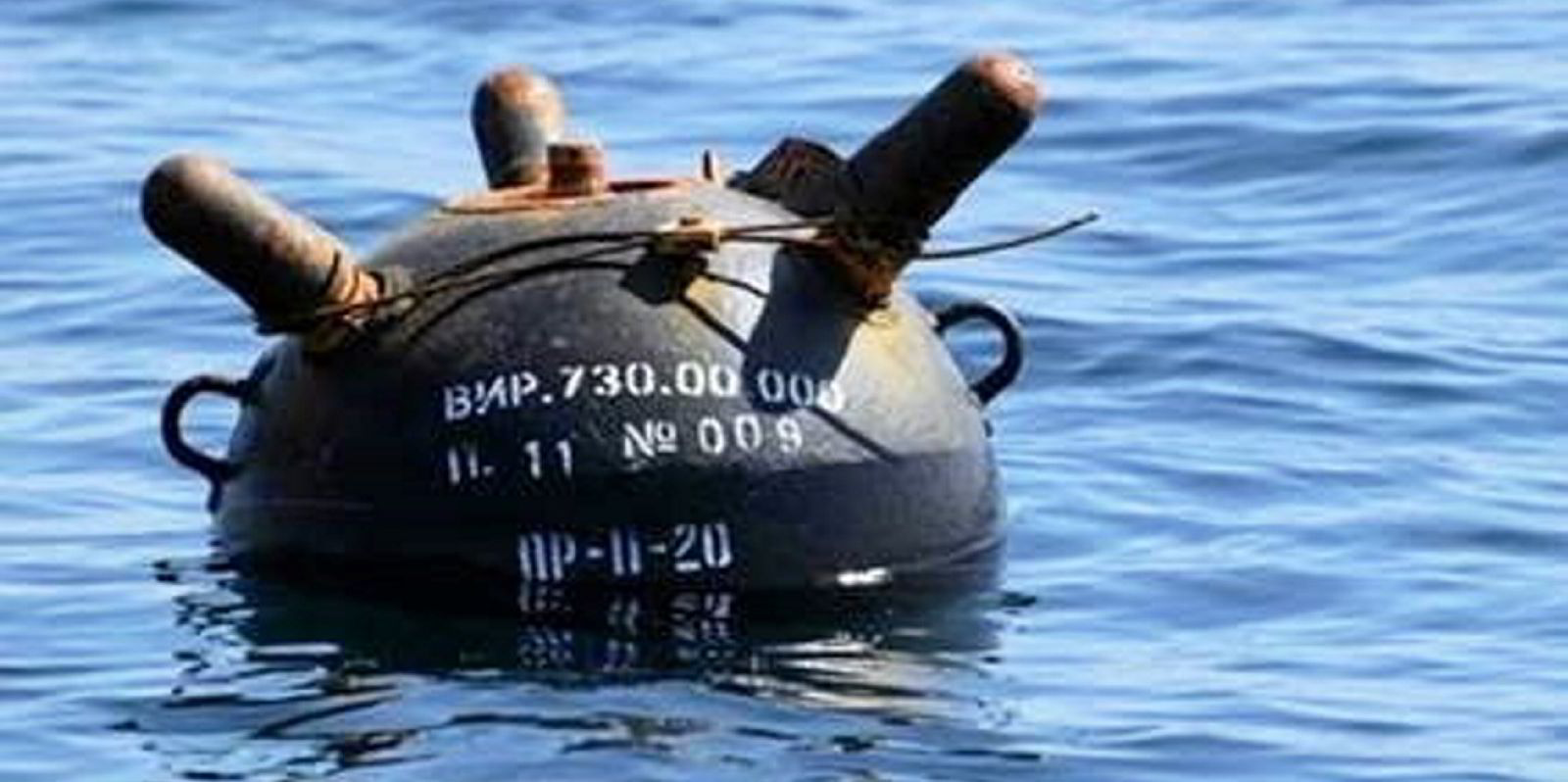Marine underwriters are facing a possible $900m payout on up to 50 ships caught up in the conflict in Ukraine as hopes of an immediate safe way out appear to be fading.
One month into Russia’s invasion, the prospect is emerging that many of the vessels will be stuck at Ukrainian ports for an extended time. Under war risk terms, underwriters will have to pay out on a total loss if ships are trapped for six or 12 months.
International efforts to find a safe passage out appear to have foundered.
The International Maritime Organization’s proposal for an escape route through a blue corridor has made little progress. Such a move would involve cooperation by the Ukrainian and Russian governments, which seems unlikely.
Reports that Russia was prepared to offer a way out for ships last week were unsubstantiated.
About 1,000 crew members remain trapped along with the ships, but hundreds have managed to return home, leaving trapped ships in the hands of local skeleton crews. So far, 323 seafarers from the Philippines have made it home, according to the Department of Foreign Affairs.
Mines have also emerged as a potential danger to ships leaving the area.
The 3,100-dwt cargo ship Omskiy-205 (built 1993) was reported to have suffered a breach in its hull believed to have been caused by a mine. Russia later claimed the damage had been caused by a “strong wave”.
Turkish government divers reported that they had disabled a mine found adrift in the Black Sea. The London P&I Club later issued a loss prevention note advising of the danger of Black Sea mines.
The situation represents a huge accumulation of risk for underwriters.
VesselsValue estimates that there are 50 vessels at Ukraine’s Black Sea and Sea of Azov ports — excluding Russian and Ukraine-flag ships — of over 10,000 dwt, valued collectively at $919m.
Thirty-four of those are bulk carriers with an estimated total value of $574m, according to VesselsValue. One container ship is stuck in Odessa: the 9,403-teu Joseph Schulte (built 2013), which has a value of $184m.
Total loss
Under war risk policy terms, shipowners are entitled to total loss compensation after six months if they successfully claim their vessel has been “taken due to the intervention of a foreign state power”.
Under the blocking or trapping clause, shipowners can claim for a total loss after 12 months if a vessel is prevented from leaving the port by a war risk hindrance of a physical nature, such as mines.
Many war risk policies are either written or reinsured through the London insurance market.
Lloyd’s of London chief executive John Neal said he expects to be hit by total Ukraine-related claims in the “low-single-digit billions” of US dollars.
Lawyers suggested that claims might turn out to be contentious. Underwriters could counter that vessels have not been detained by governments — and are not being prevented from leaving by a war risk hindrance — but by a lack of port facilities, such as tugboats and pilots, and now, in many cases, a lack of crew.
Last week, the International Chamber of Shipping and the International Transport Workers’ Federation launched a campaign to secure the release of ships and their crew trapped in Ukraine.
They said the situation is turning into a humanitarian crisis for the 1,000 crew on board ships, with food, water and other essential supplies running dangerously low.







